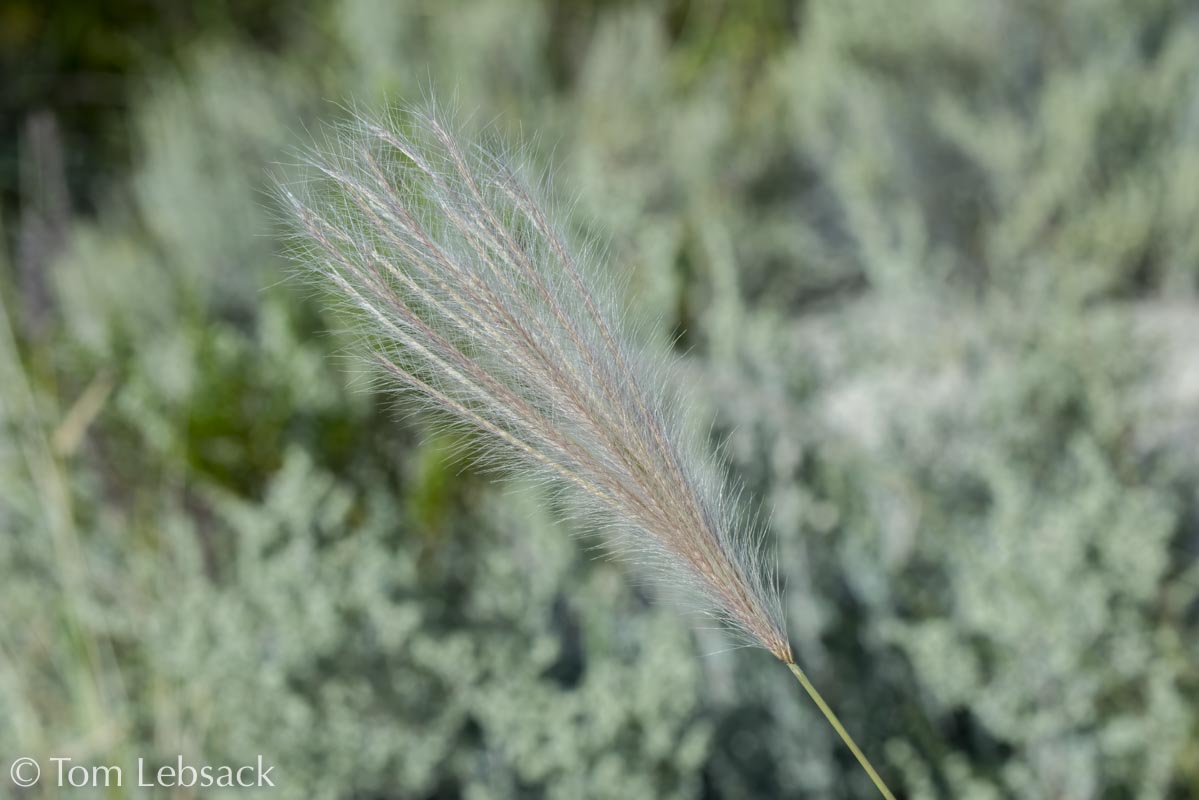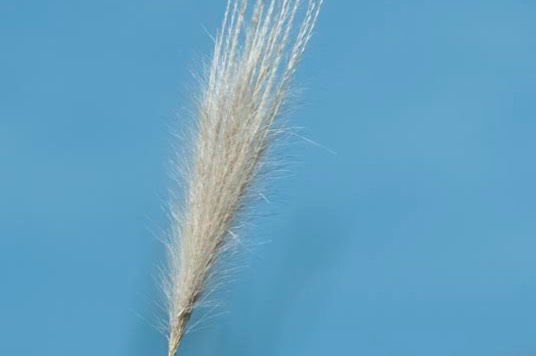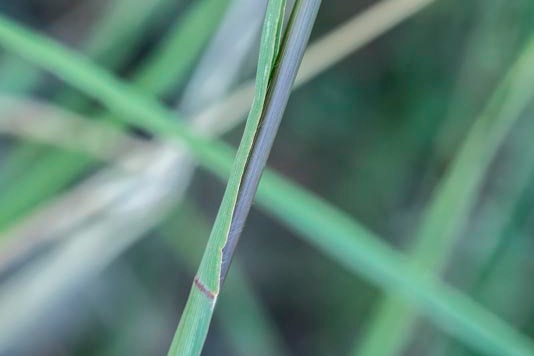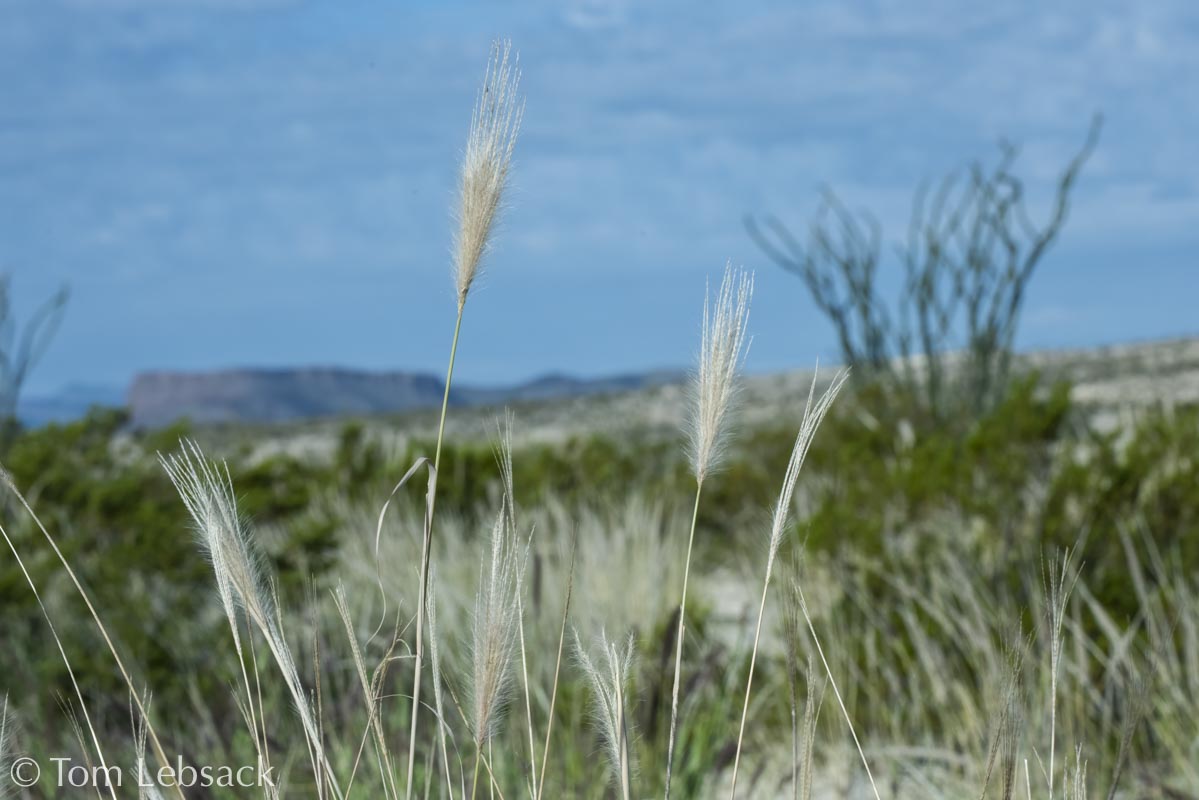Texas Wildbuds
Trichloris crinita
(False Rhodes Grass)
| Scientific Name | Trichloris crinita (Leptochloa crinita) | USDA PLANTS Symbol | TRCR9 |
| Common Name | False Rhodes Grass | ITIS Taxonomic Serial No. | 522796 |
| Family | Poaceae (Grass) | SEINet Reference |
Click Here |
| Description | Habitat: Deep silty and clayey soils, low brushy areas, dry flats, canyons and on rocky slopes, generally along the Rio Grande. Plant: Densely tufted perennial grass, sometimes stoloniferous with culms to 48 inches long. Foliage: Sheaths smooth to sparsely hairy; narrow leaf blades to 8 inches long and less than 3/8-inch wide, firm, flat, grayish, coarsely hairy on upper surfaces near bases. Inflorescence: Relatively narrow and dense, long, feathery panicle appears as single cluster of 6-20 closely-spaced spikes; each up to 6 inches long with 7 to 9 spikelets per centimeter; each spikelet with two or more florets. Bloom Period: May to September. References: "Manual of the Vascular Plants of Texas" by Correll and Johnston and SEINet. |
BONAP Distribution Map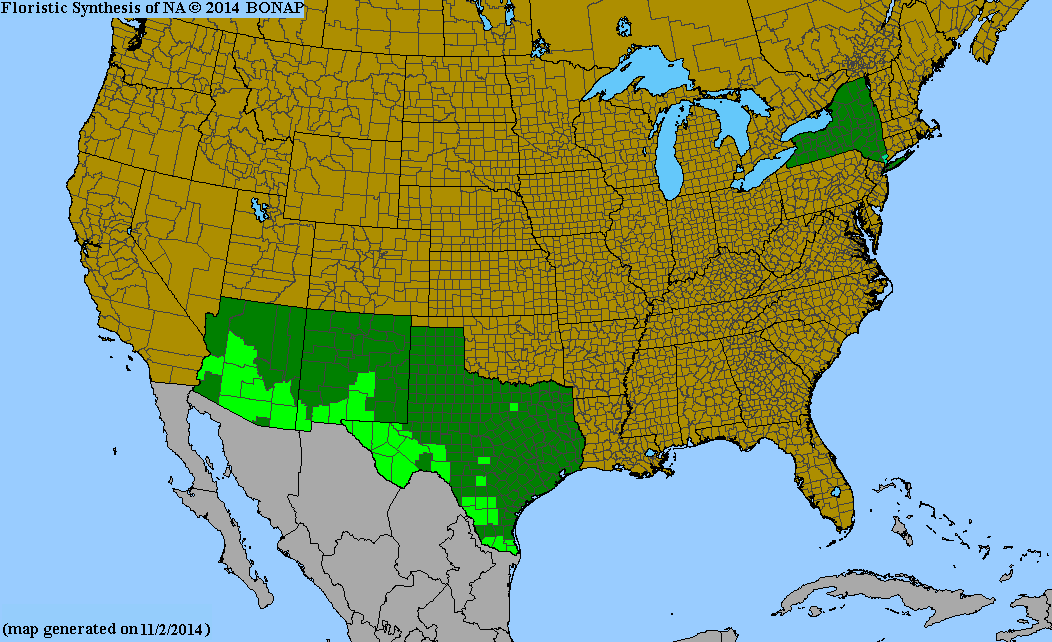 Leptochloa crinitaMap Color Key |
Texas Status: Native |
Banner photo of Castilleja indivisa and Lupinus ssp. taken along FM 1323 north of Johnson City, Blanco County
© Tom Lebsack 2025
Every attempt is made to provide accurate, up-to-date, and relevant information, but the completeness or accuracy of any information presented on this website cannot be guaranteed. I use authoritative references to insure high standards of accuracy and review and update the information frequently.
